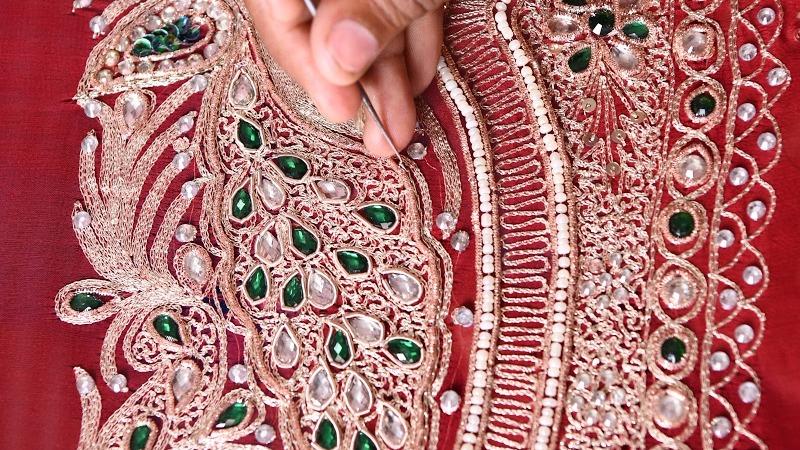Published 15:10 IST, May 23rd 2024
Zardozi Embroidery: History, Technique, Usage, Popularity
Zardozi embroidery continues to be a symbol of luxury and craftsmanship in India.

Zardozi work | Image:
Google Art & Culture
- Listen to this article
- 3 min read
Advertisement
15:10 IST, May 23rd 2024



